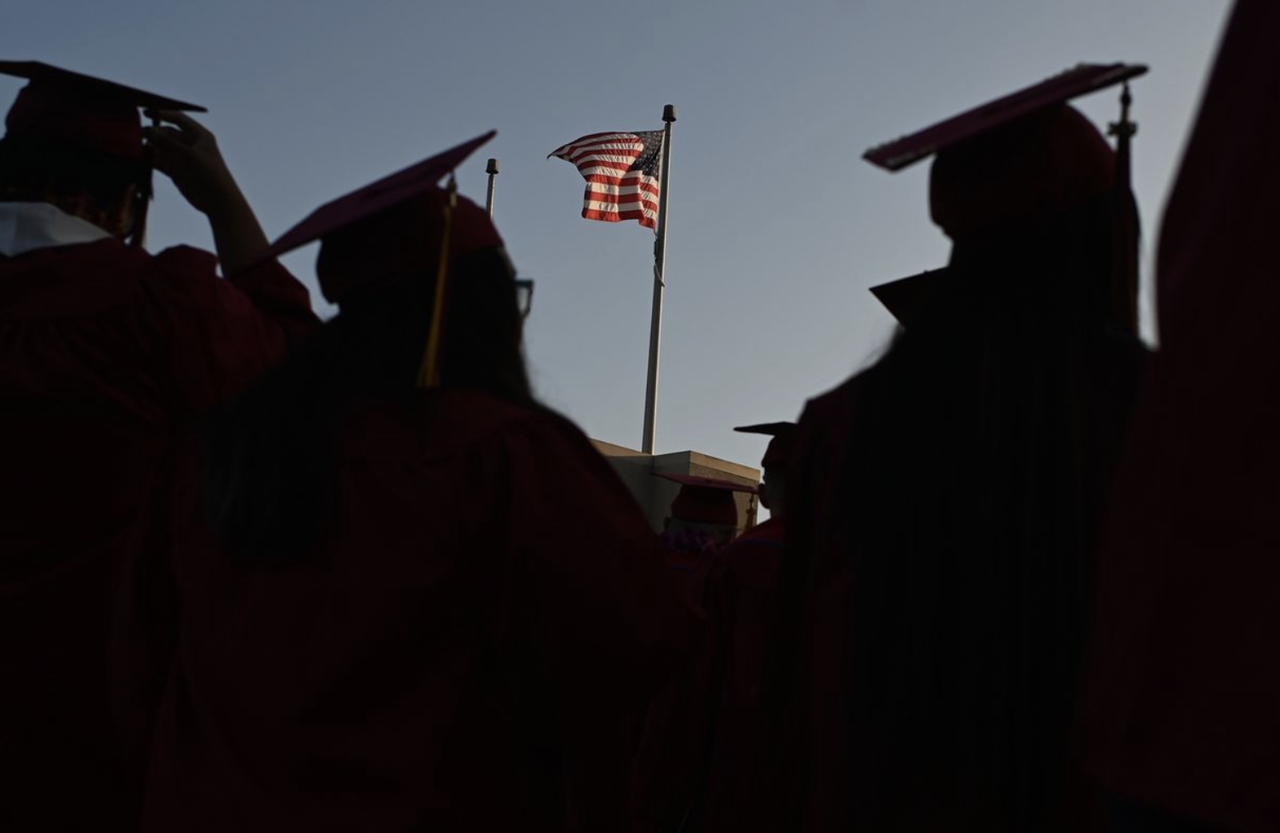How Shady ‘Shadow Lenders’ Are Helping Fuel The $1.6 Trillion Student-Loan Crisis
Tyler Durden
Wed, 07/22/2020 – 19:40
Discerning between which colleges are outright scams, and which are venerable American institutions isn’t always easy. After all, if we’re going solely by the advantage that a degree confers in the labor market, one could argue that a degree in art history from Wesleyan probably isn’t worth the paper it’s printed on, let alone the $250,000+ sticker price.
But in a world where ‘non-profit’ institutions have accrued endowments worth hundreds of millions (and in some cases, billions) solely from ‘alumni fundraising’, yet still charge teenagers unimaginable sums for degrees that they don’t necessarily want or need (but have been brainwashed by society to believe they most possess), the standard for what constitutes abusive and predatory behavior is probably unjustifiably high.
In a recent study by the Student Borrower Protection Center, an advocacy group that purports to protect students from predatory lenders, researchers described a $5 billion “shadow lending” network that they said charged exorbitant interest rates – sometimes as high as 35% annually – to lend to students at for-profit colleges which often have poor track records of guiding students to the jobs market.
Of course, Americans have $1.6 trillion in student loans outstanding. Compared to this, $5 billion over a decade is a drop in the bucket. But like most lenders who specialize in extending credit to the desperately poor, the lenders who partner with these schools engage in all kinds of deceptive and shady practices, often with the explicit aid of the schools they work with.
Over the past decade, students have borrowed more than $5 billion through an opaque web of companies to pay for training at for-profit schools, the Student Borrower Protection Center, an advocacy group, found. These products, which aren’t traditional federal or private student loans, often carry high interest rates and other risks for borrowers, according to the SBPC.
In addition, by providing financing to students, this shadow credit system, as the SBPC dubs it, helps to keep programs training students for careers in fields like trucking and cosmetology in business — even when they’re prohibitively expensive for many and don’t provide graduates with a credential that’s valuable in the labor market.
“This whole cottage industry is allowed to prey on and rip off the most vulnerable borrowers in our country,” said Seth Frotman, the executive director of the Student Borrower Protection Center. “These players are key cogs in the larger student-debt crisis, but also critical components of what allows predatory schools to thrive.”
What’s more, as private lenders have largely abandoned the student lending business since the financial crisis, leaving it mostly to government-sponsored enterprises, these shady enterprises have flourished.
Though typically out of the public and regulatory eye, these products have taken on a more prominent role in the student finance landscape since the Great Recession, according to the SBPC’s report. In the past, for-profit colleges relied on traditional, private lenders to provide loans to students, which were bundled together and sold to investors. Often these loans were made to students with little regard for whether they would be able to repay them.
In the years since the financial crisis, traditional, private lenders have dramatically reduced their involvement in the student-loan market broadly. These so-called shadow lenders stepped in to fill the void for students financing career training at for-profit colleges, according to the report.
These companies work with schools in three key ways, the report found. The first is as an exclusive partner for students needing financing. In some cases that can mean developing a product for a specific program or helping a school lend to its students. The second is by offering an independent credit product that in some cases schools will promote through their website or financial aid materials.
The third is servicing or collecting on debt students owe to schools for tuition. In these cases, students will enroll in a course without paying anything up front, but wind up owing this money with interest. Some of the companies highlighted in the SBPC report work with schools to service and collect this debt, they found.
But even ‘legitimate’ colleges can use these lenders to fulfill a provision of federal law that requires schools to derive at least some of their money from independent sources.
In addition, some products require that borrowers be rejected by another lender before being approved; others advertise that they can provide financing without a credit check or underwriting.
Meanwhile for the colleges, the products allow a means to sidestep regulation, the report found. For schools that rely on federal financial aid, these products can help them comply with the 90/10 regulation, a rule that requires colleges receiving federal financial aid to get at least 10% of their funds from a source other than the government’s student loan program. By working with these opaque lenders, schools can create their own lending programs that students can use to finance tuition, which don’t count toward the 90% limit on federal financial aid financing.
The progressive left’s discussion of endemic economic inequality in America always seems to focus on tech companies, whom they blame for not hiring enough black and latino and LGBTQ workers, despite the fact that these firms already hire many non-white workers (but for the purposes of diversity, women and people of Asian background don’t apparently count). Why is it that these companies seem to fall perennially short, giving their activist critics the illusion of credibility? CEOs frequently explain that the talent pool (ie qualified graduates) simply doesn’t allow it.
And why is that? Because people whose parents didn’t attend college don’t see the sense in taking on an unfathomable amount of debt, all for an excuse to spend four years partying and acting like an overgrown child. And honestly, we can’t blame them.
